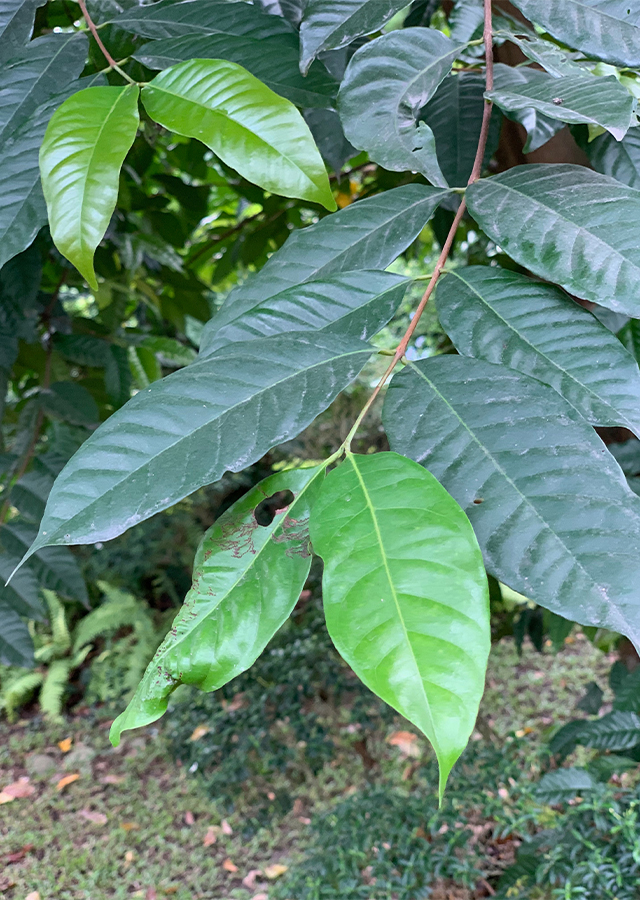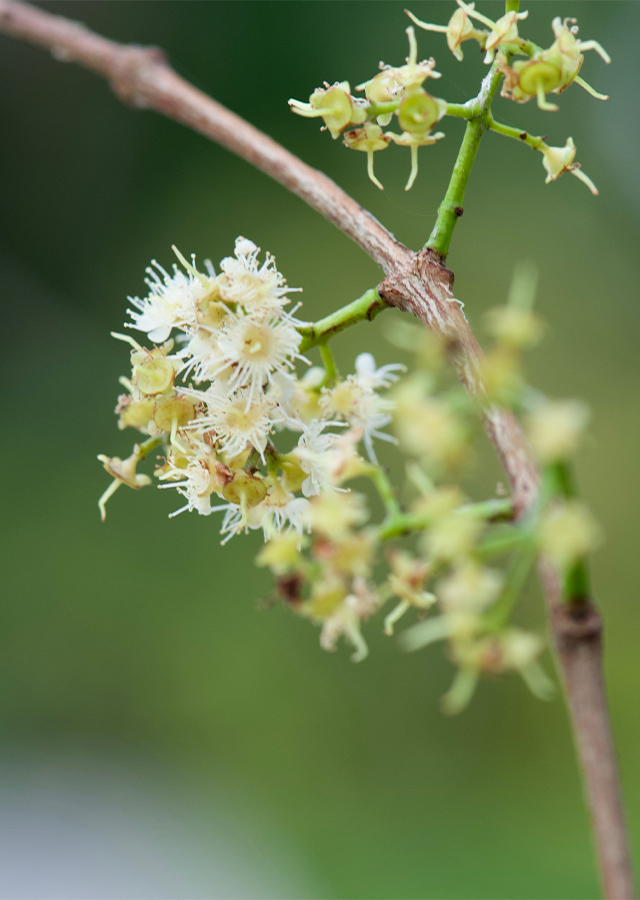Traditional Herbs from Syzygium polyanthum
sweet_pee
- Take 8 bay leaves, boil in 2 glasses of water until it boils and 1 glass of water remains.
- Drink 2 x 1 glass a day.
diarrhea
- Wash thoroughly 15 g of bay leaves then boil it with 1 glass of clean water for 15 minutes over low heat.
- Add a little salt.
- After it cools, filter it and drink it.
What is Syzygium polyanthum Looks like??



Parts of Syzygium polyanthum that could be used
- Leaves
- Bark
- Fruit
- Roots
Syzygium polyanthum Distribution
Spread across Southeast Asia, starting from Burma, Indo-China, Thailand, Sumatra, the Malay Peninsula, Kalimantan and Java. Indonesian people have long known it as a spice leaf used in Indonesian cooking. This plant is efficacious as a traditional medicine. The wood can be used to make furniture.Agroecology of Syzygium polyanthum
Grows in lowlands to mountains with an altitude of 1,800 m above sea level, air temperature 25-30 °C. Likes sandy clay structured soil with a pH of around 5.5-6.5. Found growing wild in primary and secondary forests.
Morphology of Syzygium polyanthum
- The taproot is spear-shaped, tapering towards the tip.
- The stem is brown-gray (bark), broken or scaly.
- Single leaves, located opposite each other. The leaf blades are narrow oval, glabrous with secondary leaf veins.
- Small flowers, appear under the leaf axils, fragrant, cup-shaped petals.
- Fruit is round, crowned with petals, red to blackish purple when ripe.
Cultivation of Syzygium polyanthum
- Generative propagation (seeds) and vegetative (cuttings), comes from superior plants.
- Generative, seeds that have been sown, planted in the field after the seedlings are 6-7 months old.
- Vegetative (cuttings), by cutting productive branches that have at least 3 twigs, 20-25 cm long, then plant them in polybags.
Syzygium polyanthum, more details :
Chemical Content of Syzygium polyanthumTannins, flavonoids, essential oils, caffeic acid, eugenol, linalool, β-sitosterol, α-pinene, squalene, phytol, gallic acid, β-tocopherol hentriacontane, nerolidol, α-tocopherol, sesquiterpenes, phenols, steroids, saponins, coumarins, terpenoids.
Benefits of Syzygium polyanthum
Treats gout, diabetes, gastric inflammation, heart disease and anxiety, itching, diarrhea, rheumatism, lowers cholesterol and blood pressure, improves blood circulation, antibacterial.
Simplisia of Syzygium polyanthum
- Pick dark green bay leaves. Do a wet sorting to separate the dirt on the leaves then wash them until clean.
- Chop the leaves then dry them in the oven at 40\u00b0C. Dry sorting.
- Choose them using a blender. Save in a clean, airtight container.
Another Facts for Syzygium polyanthum :
Synonym of Syzygium polyanthumEugenia atropunctata� C.B.Rob., Eugenia holmanii� Elmer, Eugenia junghuhniana� Miq.
Habitus of Syzygium polyanthum
Tree. Annual tree, reaching 30 m in height
Habitat of Syzygium polyanthum
- Forest
- Bushland
- Grassland
No comments:
Post a Comment